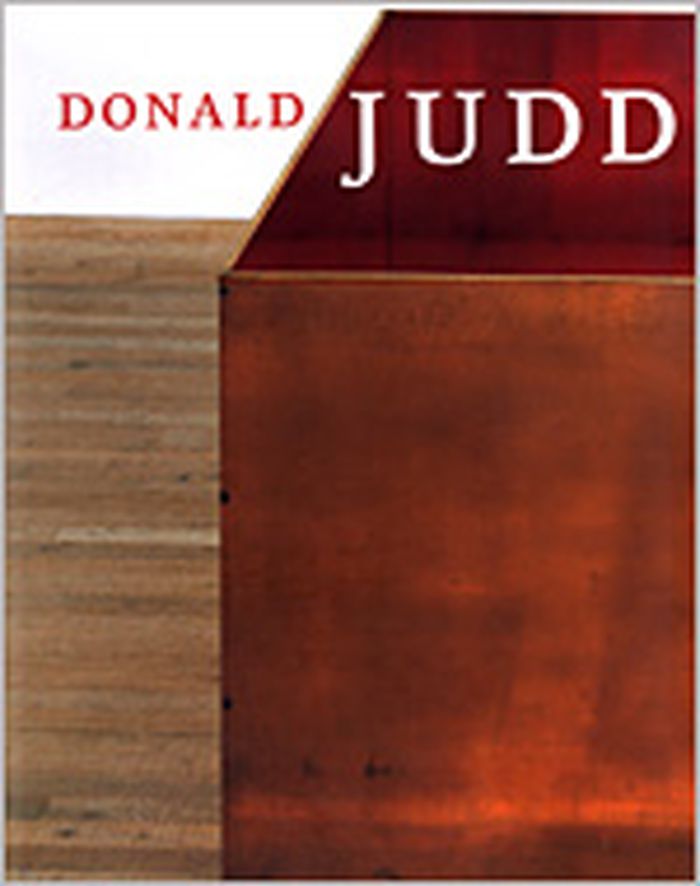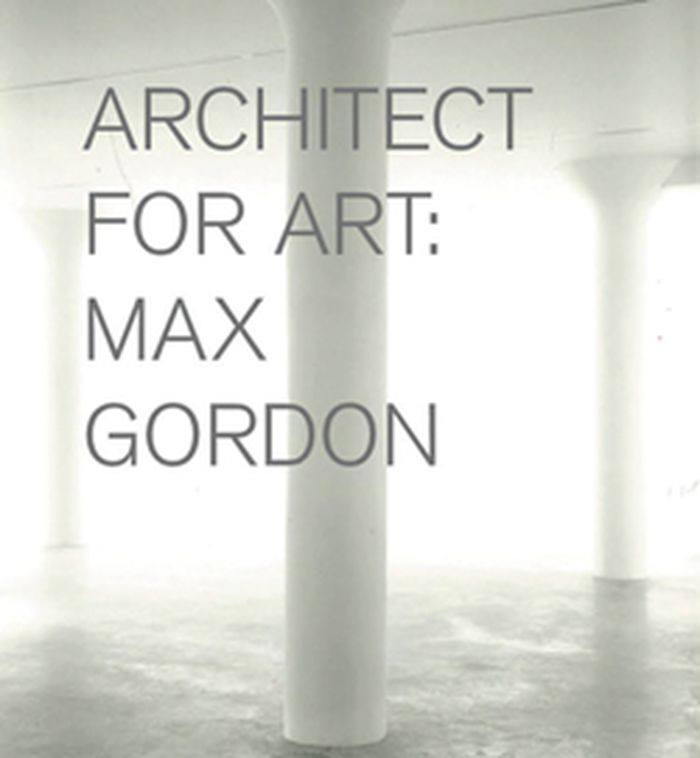Donald Judd
$65.00
(disponible sur commande)
Résumé:
One of the most influential American artists of the post-war period, Donald Judd changed the course of modern sculpture. Beginning as an art critic and then a painter, Judd moved into three dimensions with the box-like structures he produced in the early 1960s, either arranged on the gallery floor or mounted on the wall. Initially constructed by hand, the sculptures were(...)
Donald Judd
Actions:
Prix:
$65.00
(disponible sur commande)
Résumé:
One of the most influential American artists of the post-war period, Donald Judd changed the course of modern sculpture. Beginning as an art critic and then a painter, Judd moved into three dimensions with the box-like structures he produced in the early 1960s, either arranged on the gallery floor or mounted on the wall. Initially constructed by hand, the sculptures were later industrially manufactured in galvanized iron, steel, plexiglass, and plywood. His use of vibrant color, polished and reflective metals, and brightly hued lacquer confounded and continues to confound expectations of what "minimalist" sculpture should look like. This lavishly illustrated survey features 41 works from collections around the world, many of them large scale, each illustrated with full catalogue entries alongside many other major works by Judd. Contributors Nicholas Serota (Director of the Tate), Rudi Fuchs (former Director of The Stedelijk Museum, Amsterdam), American critics Richard Schiff and David Raskin, and British artist and critic David Batchelor explore the conflicts between previous critical interpretations of Judd and his own philosophical, political, and moral understanding of his work. Judd's critical response to the work of other artists is examined, as is the importance of color to his work, and his reaction to new man-made materials and artificially generated color in the late-20th-century environment. A section on Judd's installations at Marfa in Texas, and an extensive new chronology, compiled by Judd's assistant, Jeff Kopie, are also included. "Donald Judd" compromises the most thorough and up-to-date publication on Judd in print today.
$45.50
(disponible sur commande)
Résumé:
Tate Modern opened its doors in 2000, since when it has become the most popular modern and contemporary art attraction in the world, now welcoming more than 5 million visitors a year. Working with the shell of the former Bankside Power Station, internationally acclaimed architects Herzog & de Meuron created a gallery of singular power and beauty, whose spaces articulate a(...)
novembre 2016
Tate Modern: building a museum for the 21st century. Herzog & de Meuron
Actions:
Prix:
$45.50
(disponible sur commande)
Résumé:
Tate Modern opened its doors in 2000, since when it has become the most popular modern and contemporary art attraction in the world, now welcoming more than 5 million visitors a year. Working with the shell of the former Bankside Power Station, internationally acclaimed architects Herzog & de Meuron created a gallery of singular power and beauty, whose spaces articulate a rare affinity with contemporary art. With the second major phase of the building now complete, Tate Modern presents a striking combination of the raw and the refined, of found industrial spaces and dazzling contemporary architecture. This is the definitive book of the building, and tells vividly the story of Tate Modern and the building of a twenty-first-century museum.
$44.00
(disponible sur commande)
Résumé:
Whether creating enormous exhibition spaces or designing living quarters for collectors and homes and studio facilities for artists, the acclaimed architect Max Gordon (1931-1990) shaped the physical settings of art in the world's major metropolises during his influential career. Following several decades of work with leading architectural firms in New York and London, in(...)
Max Gordon: Architect for art
Actions:
Prix:
$44.00
(disponible sur commande)
Résumé:
Whether creating enormous exhibition spaces or designing living quarters for collectors and homes and studio facilities for artists, the acclaimed architect Max Gordon (1931-1990) shaped the physical settings of art in the world's major metropolises during his influential career. Following several decades of work with leading architectural firms in New York and London, in the early 1980s Gordon designed the first Saatchi Gallery in London, and went on to become celebrated and sought after as the art world's architect of choice, designing spaces for artists Elizabeth Murray, Jennifer Bartlett, Richard Serra and Joel Shapiro, and gallerists Paula Cooper, Brooke Alexander, Maeght-Lelong and Lorence-Monk in New York and Anthony d'Offay and Annely Juda in London. This monograph offers a detailed overview of Gordon's projects for the art world, from the 100,000-square-foot exhibition space he designed for the Museo Nacional Centro de Arte Reina Sofia in Madrid to the SoHo home he remodeled for Richard Serra, demonstrating throughout his elegant use of light, space and minimal decoration, and displaying his gift for always highlighting the art.
Architecture, monographies


